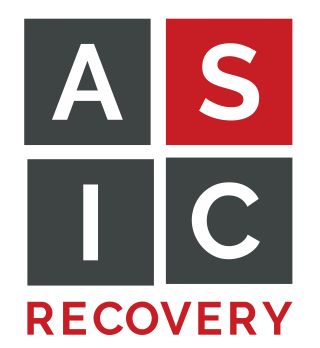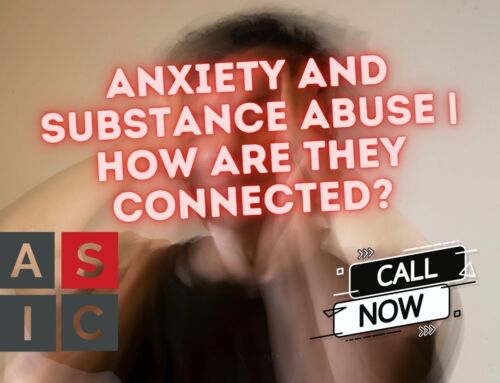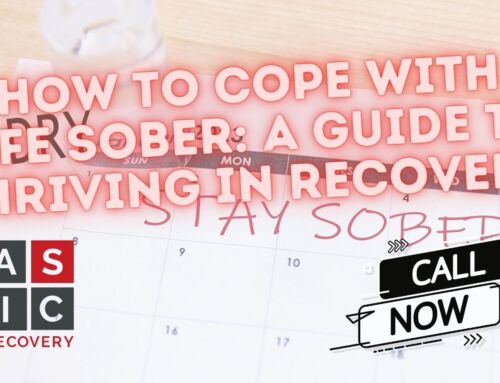Crack cocaine, often simply referred to as crack, is derived from powdered cocaine by dissolving it in a mixture of water and baking soda. The chemistry of crack cocaine allows it to rapidly reach the brain, producing a sudden and intense euphoria or “high” when it is smoked.
It’s this quick and powerful effect that often leads users down a path of repeated use and, eventually, addiction.
As the intense high produced by crack cocaine is short-lived (sometimes less than 1 minute), users often feel the need to consume more of the drug to maintain the effects. Users are known to spend thousands of dollars in a single day to maintain this high.
This cycle often leads to a dangerous spiral of addiction, wreaking havoc on the user’s physical and mental health, as well as their personal and professional life.
The Rise of Crack Cocaine: A Brief History
Crack cocaine first appeared on the drug scene in the 1980s during a time when powdered cocaine was considered a “luxury” drug. The creation of crack cocaine provided a (supposedly) cheaper and more potent alternative, making it accessible to a wider demographic.
The irony is that, because of its highly addictive nature and short-lived high, users end up spending far more money on crack cocaine than they would on an equivalent amount of powdered cocaine.
At this time, there was a sudden surge in its use, particularly in urban areas, contributing to what was dubbed the “crack epidemic”.
The 1980s and 1990s witnessed a dramatic rise in crack cocaine use, with devastating social and health consequences. Public concern grew as crack addiction began to affect not just the individual users, but entire communities.
Crack-related violence and crime rates skyrocketed. In an effort to solve these issues, lawmakers began to pass much stricter laws concerning crack possession, which itself led to an epidemic of incarceration among the poorer communities in which crack cocaine was most present.
Powdered cocaine laws were unaffected, which meant that this form of the drug, which was still considered a drug of the elite, carried far fewer consequences.
For example, possession of 5 grams of crack cocaine once carried a minimum 5-year federal prison sentence while distribution of powdered cocaine (not simply possessing but actually selling the drug) carried the same sentence for 500 grams, a massive and clear disparity.
Today, the use of crack cocaine remains a significant problem, with many individuals and communities still grappling with the impacts of crack addiction and the incarceration epidemic that followed.
Efforts to combat the crack cocaine problem continue, including law enforcement strategies, public education campaigns, and the development of effective treatment programs.
However, with the rise of widespread fentanyl addiction and the opioid epidemic, the focus on crack cocaine by both the media and the government has all but disappeared.
The Difference Between Cocaine and Crack Cocaine
To fully understand the power of crack cocaine, it’s crucial to understand its origin—cocaine.
Cocaine is a stimulant drug derived from the coca plant, which is native to South America. For centuries, South American indigenous cultures have used coca leaves for their stimulant effects.
Chewing coca leaves release a very small amount of the drug that is absorbed sublingually over time as the leaves are chewed. The effect is not intense.
However, in the 19th century, cocaine was extracted from these leaves, leading to the creation of the powerful drug we know today. This concentrated form of the drug is ingested and absorbed rapidly, but not nearly as rapidly as with crack cocaine.
The transformation of cocaine into crack cocaine is the result of a chemical reaction that changes the drug itself and how the brain interacts with it.
Crack cocaine affects your brain’s reward system much more powerfully and intensely than powdered cocaine. When you smoke crack cocaine, it rapidly increases the level of dopamine—a neurotransmitter associated with pleasure and reward—in your brain.
However, unlike natural rewards, crack cocaine prevents dopamine from being recycled, causing an intense feeling of euphoria. The amount of dopamine that’s released is far higher with crack cocaine than with powdered cocaine, which is already higher than the amount that chewing coca leaves releases.
This overstimulation of the reward system leads to the intense high associated with crack cocaine use. However, it also contributes to the high potential for addiction.
Over time, the brain becomes accustomed to these excessive dopamine levels, requiring more and more of the drug to achieve the same effect, leading to a dangerous cycle of addiction.
The Dangers of Cocaine and Crack Cocaine
Among the most immediate dangers of crack cocaine is the risk of overdose. Due to the drug’s potency and the rapid onset of effects, users can easily consume a lethal amount.
A crack cocaine overdose causes heart palpitations and irregular heartbeats, and it can even give you a heart attack. Your blood pressure will rise rapidly, as will your heart rate. Even if you survive an overdose, your heart will have suffered because of it.
Additionally, crack cocaine is associated with a host of health problems, including:
- Heart disease
- Stroke
- Depression
- Anxiety
- Seizures
- Headaches
- Shortness of breath
- Chest pain
- Hallucinations
The method of use also exposes users to the risk of lung damage and infectious diseases like HIV and hepatitis C, particularly when shared paraphernalia is used.
The societal and legal consequences of crack cocaine use are equally devastating. Addiction can lead to job loss, strained relationships, and financial difficulties. Legal troubles can also arise from possession, use, or trafficking of crack cocaine, often leading to incarceration.
Signs and Symptoms of Crack Cocaine Addiction
Recognizing the signs and symptoms of crack cocaine addiction can be crucial in seeking help for yourself or a loved one.
These can include:
- Weight loss
- Dental problems and damage to your teeth
- Burns on the lips or fingers
- Frequent sniffles or runny nose
- Increased agitation
- Erratic behavior
- Paranoia
- Social withdrawal
It’s important to understand that addiction is not a sign of weakness or a character flaw. It’s a medical condition that requires appropriate treatment. If you notice these signs and symptoms in yourself or someone else, it’s crucial to seek professional help as soon as possible.
Get Treatment Now
There are numerous treatment options available for crack cocaine addiction. These typically involve a combination of medical detoxification (detox), behavioral therapy, and support groups.
Medical detox helps manage the physical withdrawal symptoms, while behavioral therapy addresses the underlying psychological issues contributing to the addiction.
Support groups (12-stepgroups, SMART Recovery, etc.) can be instrumental in the recovery process, providing a sense of community and shared experience. They can offer practical advice, emotional support, and motivation to stay sober.
If you or a loved one is struggling with crack cocaine addiction, we can help.
At ASIC, our Intensive Outpatient Program (IOP), counseling programs, and Partial Hospitalization Program are dedicated to helping you develop healthier coping skills and build a supportive recovery network so that you can achieve long-term sobriety.



